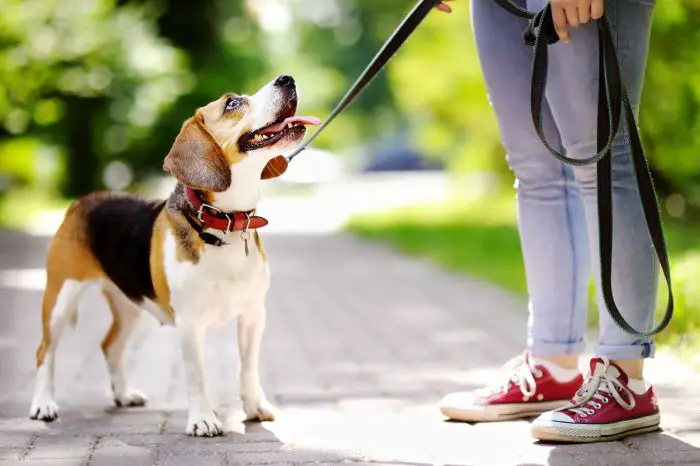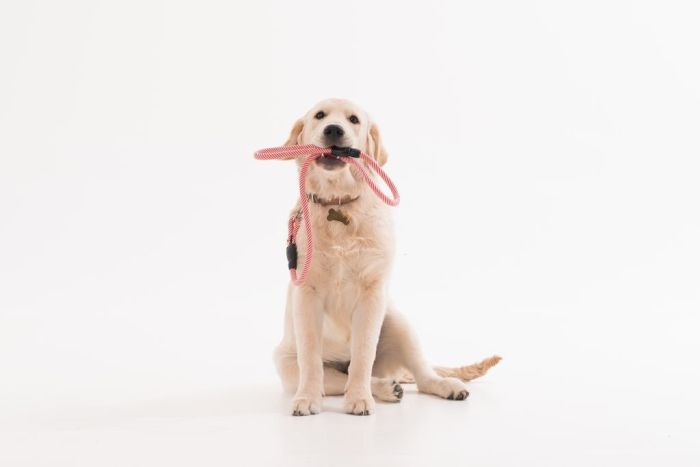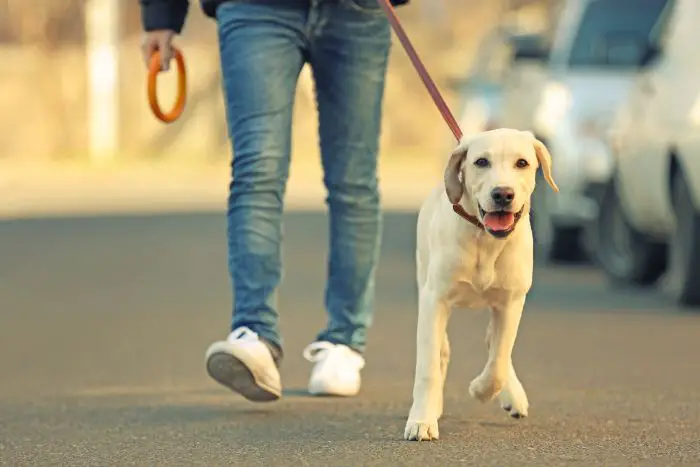Walking your dog is fun and can be a good time to exercise and form a bond. The satisfaction that comes from seeing your dog sniffing around and exploring the environment reminds you that every day is a whole new opportunity to enjoy and discover life.
However, it’s important to always keep safety at the fore when walking your dog. As the dog owner, your dog’s safety and that of those around you, is important for a positive walking experience. Here are eight safety tips when walking your dog.
Use A Leash
Dog laws are in place to ensure the safety of not only your dog but also the surrounding community. Using a leash is one of the most important safety tips when walking your dog, and here are a few reasons why:
- Prevents Accidents – When your dog is on a leash, you have control over its sudden movements. When you hold the leash close to you, you can prevent your dog from running into the road and risking getting run over. It would be devastating to be in a position where you weren’t able to keep up with your dog on a busy road because of the absence of a leash.
- Restricts Your Dog From Jumping On Pedestrians – A leash restricts your dog from jumping on pedestrians. Your dog may be sociable and eager to meet new people, which may cause them to leap with delight. As much as this is an act of friendliness, not all pedestrians are amenable to this gesture. On the other hand, if your dog has aggressive tendencies towards people, a leash can prevent attacks.
- Prevents Your Dog From Straying – Straying may result in your dog’s going missing, particularly if you’re walking in unfamiliar territory. With a dog leash, you have control over where your dog goes and how quickly it moves around.
- Avoids Dog Fights – Coming across other dogs during a walk is a possibility. It’s not uncommon for dogs to fight when they come into contact. If your dog is on a leash, you can control such situations by pulling it towards you.
You also reduce the risk of getting attacked by the other dogs, as you won’t have to run after your dog in a quest to save it from harm.
Talk to Your Dog

Talking to your dog before and during the walk is one way to be safe when walking your dog. You can train your dog to stay on the path and not jump on pedestrians, for example. Your dog will eventually understand your expectations if you keep communication constant.
Check The Collar
The tighter the collar doesn’t necessarily mean the more secure your dog is. If the collar is too tight, you might choke your dog. You can also observe how your dog responds to the leash when you place it. If your dog winches, it could mean it’s uncomfortable.
On the other hand, if it’s too loose, your dog can wriggle free during the walk. If you can fit two fingers underneath the collar, the leash is on just right.
Assess The Weather
If the weather is too hot, your dog can get exhausted during the walk. It’s recommended to walk your dog in the mornings or evenings during hot seasons.
If the weather is too cold, you can consider having your dog wear a coat and paw mittens. Working around the weather is the key to a safe walk with your dog.
Be Mindful Of Your Surroundings
You need to be mindful of your surroundings as you take your walk. For instance, you might have a dog leash that prevents it from running into the road, but that doesn’t mean that all drivers are as cautious.
If you’re mindful of your surroundings, you’ll notice dangerous driving scenarios that make it possible to react by pulling your dog into a safe space.
Your path may also have hazardous objects such as broken glass, for example. Part of being mindful includes putting your phone away while you’re on a walk, as it’s one of the biggest distractions.
Wear Proper Attire
Wearing the proper attire is safe for both you and your dog. Wearing reflectors while walking your dog means drivers will spot you from afar and take caution, for instance.
The right type of walking shoes, for example, are needed for the different terrain. If you’re wearing high-sole shoes, for example, you may run the risk of stepping on uneven ground.
Take Identification
Identification for both you and your dog is important should you get separated. You can get matching identification so that when you ask people whether they saw a dog with a tag similar to yours, they can quickly identify it. Information on your dog’s tag can include your name, home address, and contact details.
There are dog owners who have gone to the extent of inserting microchips under their dogs’ skin. Microchips make it possible for veterinarians to unite owners with their dogs by having access to information from the microchip which is stored on a database.

Take A Rest
When you take long walks or hikes with your dog, it’s advised that you observe your dog for possible fatigue and dehydration. You’ll find that they start slowing down in pace, or circling in the same spot if they’re too tired to go on.
The dog can take a break without being prompted or refuse to move even when you tug on the leash. These are all possible signs of exhaustion, meaning you need to find a shady area and take a rest while giving your dog water and snacks.
Conclusion
On every stroll, it’s important to consider not just the safety of you and your dog, but also that of the people around you.
There are several safety reasons why putting your dog on a leash is advised. Talking to your dog before and during the walk also helps with guiding your dog on a safe path as you walk.
Make sure that the collar is neither too tight nor too loose. Assess the weather before you leave and be mindful of your surroundings while on the road. Make sure to wear proper attire and rest when needed.

